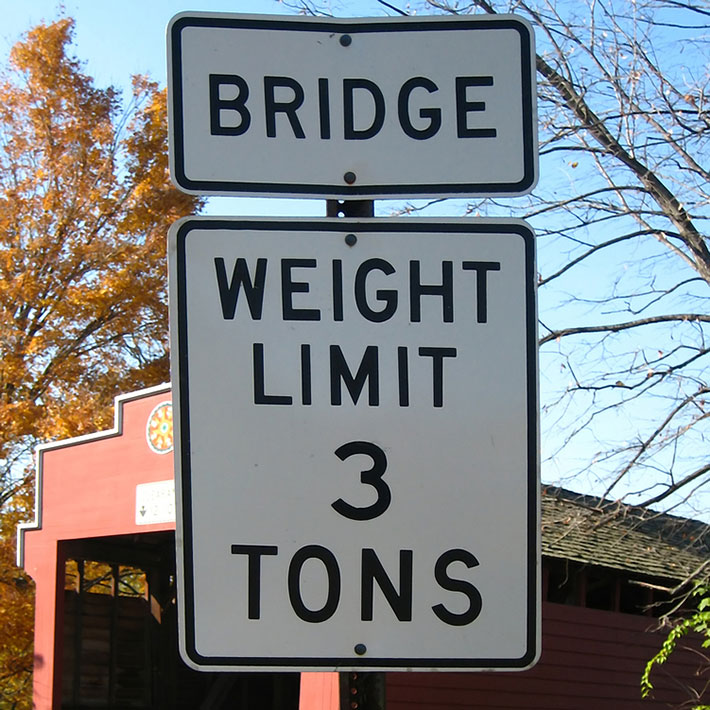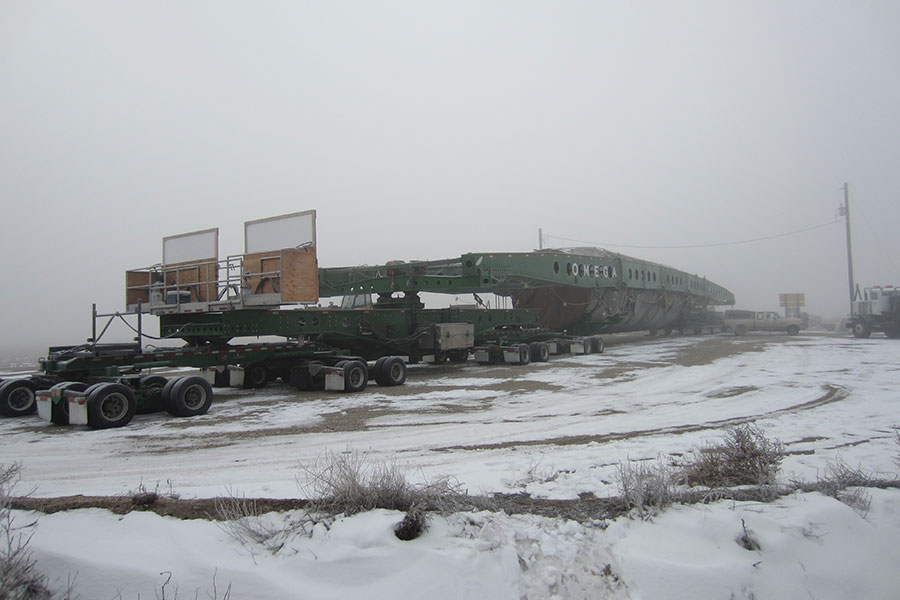Roadways are vital for our economy and for our everyday lives! What if there were no bridges? Without bridges, our roads can’t cross canyons, rivers, canals, or railroad tracks. They become roads to nowhere.
Driven by population growth, the need to improve our roadway system for convenience and safety is a pressing concern.
Aging and outdated bridges are a large part of this concern as increasing traffic volumes and heavier truck loads put a strain on these structures. Designing a new bridge does happen, but it’s more likely to see an existing bridge replaced or rehabilitated to meet infrastructure improvement needs.
From rural culvert crossings to interstate bridges, Forsgren’s Structures Team can meet your design, inspection, and rehabilitation needs.
How We Help Our Clients Achieve their Goals
First, we listen.
On every bridge project we will have a frank discussion about your constraints, needs, and goals. Then we help define what meeting your goals means in terms of time and cost. Once we both agree on the work to be done, the time to accomplish it, and the cost; then we move forward together!
As we move through the project, we will proactively communicate to keep you in the loop on progress. If we come across an unanticipated issue, we will immediately contact you and discuss how we resolve and move forward.
Lastly, we will provide a quality product. We have internal QA/QC policies and procedures that meet, or exceed, the bridge industry norms!
Bridge Load Rating
You’re probably familiar with the ‘Weight Limit’ signs posted at bridge crossings. But what do they mean, and why should you care? Depending on type, design, and materials, every bridge has an upper limit to the weight of a vehicle it can carry. That limit increases as the number axels grows. It can also decrease with any change in the structure’s condition. When that happens, even vehicles below the posted limit can damage the bridge — or cause a catastrophic failure!
Federal regulations require each state to routinely analyze the capacity of bridges to carry posted loads. In addition to routinely scheduled analysis, any change in condition demands a reassessment of the ability of that bridge to carry a specified load.
Forsgren Associates has performed load ratings on nearly 2,000 bridges for state departments of transportation in Idaho, Utah, Montana, and North Dakota. We also assess rating capacities for bridges on private and federally owned or managed lands. Our wide experience and specialized software enable us to analyze historical concrete arches and other specialized crossings for which specific protocols have not been developed.

Megaload Permitting

Megaloads are giant trucks the length of a football field and weighing up to a million pounds. Few roads have been designed with these types of loads in mind. Over the last 10 years, Forsgren has worked directly with haulers needing permits and state Department’s of Transportation to identify safe routes for overweight vehicles as they travel our roadways. Our permit analysis service takes a comprehensive approach to analyze both structural route components and truck configurations in order to provide DOT’s the data they need to process permit requests confidently. We are pleased to be able to offer our Load Rating Teams’ breadth of experience in a variety of rating and permitting scenarios to create safe, actionable, and efficient permitting routes for haulers.
Bridge Inspections
Did you know?
There are over 610,000 bridges across the county and almost four in 10 are over 50 years old. Approximately 60,000 — or almost 10% — are considered structurally deficient by the Federal Highway Administration (FHWA). Over 1/3 of all bridges are in need of repair work or replacement. A total of 81,000 bridges should be replaced. On average, there are a total of 188 million trips over a structurally deficient bridge per day!
While the number of deficient bridges has decreased over the last decade, the average age of America’s bridges is growing. Many of these bridges are approaching the end of their design life. The American Society of Civil Engineers 2017 Infrastructure Report Card estimated the nation’s backlog of bridge rehabilitation needs at $123 billion!
With our nation’s aging infrastructure network under constant regulatory scrutiny, transportation agencies, municipalities, and insurance carriers need qualified, experienced engineering consultants to meet the federal requirements to routinely inspect their bridges.
Our premier team of National Bridge Inspection Standards (NBIS)-certified bridge inspectors conduct detailed, hands-on inspections for both on-call and scoped situations.
We have a broad range of inspection experience on vehicular, pedestrian, and railroad bridges of varying type, size, and complexity, including box culverts, stone masonry arches, timber trestles, steel beam overpasses, prestressed concrete, and large truss bridges.
Insurance Carriers — At some point in time it is highly likely a piece of your insured’s equipment will come into contact with a bridge.
When that happens, you want to make sure your — and your client’s — interests are protected! Forsgren has assisted many insurance companies in evaluating bridge damage, repair procedures, collision forensics, and claims resolutions. We provide expert testimony, if needed, although we can often eliminate the expense of litigation. Our experienced bridge engineering team is well-versed in the cause and effect of impact, allowing us to efficiently review damage claims and corresponding repairs to determine appropriate indemnity. As an engineering firm with knowledge of the insurance industry, we can save you time and money.
Categories of Service:
- Field inspection
- Collision evaluation & insurance claims
- Analysis and load rating
- FHWA Structural Inventories
- Bridge scour analysis
- Historic bridges and structures
- Megaload permitting
Clients served:
- Insurers of trucking companies
- Transportation agencies
- Municipalities
